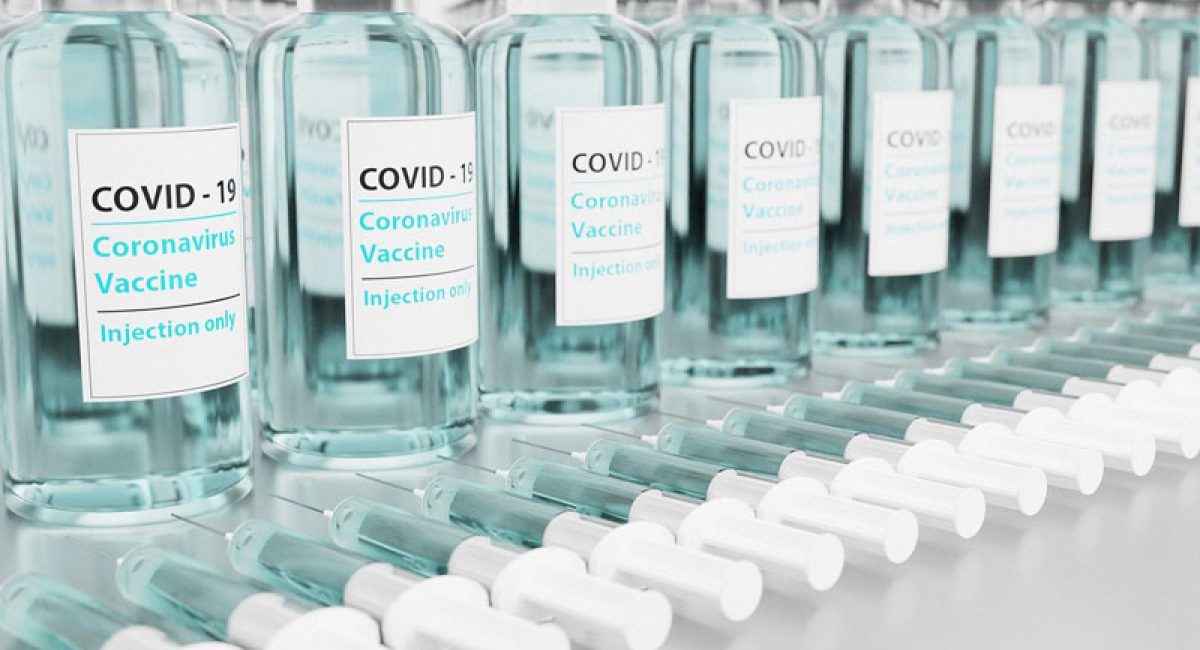Free COVID rapid tests are available
Globe Aware volunteers can stock up on COVID-19 test kits. This past May, the Biden administration announced that it will provide eight more home test kits free to any U.S. household that wants them.
More free COVID rapid tests are available. Here’s how to get yours
BY JON HEALEY
MAY 17, 2022
LA TIMES
Want to stock up on COVID-19 test kits? The Biden administration announced Tuesday that it will provide eight more home test kits free to any U.S. household that wants them.
The offer, like the one the administration made in January, comes with no strings attached. You can order the kits online or by phone, and the kits will be delivered to any address in the United States, in U.S. territories, on U.S. military bases and at diplomatic installations.
The only restriction is that each household is limited to eight tests this go-around, on top of up to eight mailed previously.
Although documented COVID cases remain far below the peak they hit in January, they have been rising nationally and in Los Angeles County, along with hospitalizations. The country recently recorded its 1 millionth death from a pandemic that has lingered for more than two years.
That’s why L.A. County health officials are urging residents to don masks indoors again and why the administration is urging people to continue testing themselves. Response to the administration’s previous offer of free kits wasn’t exactly overwhelming, though — according to the White House, more than 70 million households ordered kits online, out of about 130 million households across the U.S.
Here’s what you need to know about the latest offer of free test kits.
How do I order them?
The drill is the same as with the last round of free test kits. The easiest way is to visit COVID.gov/tests, where you can place an order through the U.S. Postal Service. The only information you have to provide is your name and address.
It’s important to specify your apartment or unit number to avoid running afoul of the limit on orders per household. If you do have trouble getting tests because you share a residence with other households, you can call the postal service at (800) 275-8777 or ask for help online.
And if you can’t go online or need the information in a different language, you can call (800) 232-0233 (TTY (888) 720-7489) any day of the week between 5 a.m. and 9 p.m. Pacific time to get help in more than 150 languages. The Disability Information and Access Line can also assist people with disabilities with their orders; you can reach DIAL by email at DIAL@usaginganddisability.org or by phone at (888) 677-1199 Monday through Friday from 6 a.m. to 5 p.m. Pacific time.
The kits will come in two packages with four tests in each. Not only are the tests free, but there is no charge for shipping. The White House says the postal service has delivered most kits within 48 hours of receiving an order.
If you didn’t order tests before, you can still order them now. For answers to frequently asked questions about the free test program, go to covid.gov/tests/faq.
People with health insurance can also be reimbursed for up to eight tests per month — and in some cases obtain the tests with no out-of-pocket costs. Check with your insurer to find out whether any local pharmacies are offering tests with no up-front cost and if not, how to submit a claim for reimbursement.
What kind of tests are they?
The kits contain antigen tests, which look to see whether a sample taken from your nostrils contains a protein that binds to the coronavirus’ RNA. They deliver results quickly and at low cost — in stores, boxes of two tests cost between $16 and $24 — but the more expensive molecular tests can detect lower amounts of the coronavirus in your system.
Antigen tests have proven to be as good as molecular tests at avoiding false positive results. And according to the CDC, these tests are also just as good when it comes to detecting COVID-19 in someone who is showing symptoms of the disease, such as a cough, a fever and a sore throat.
Where the tests fall short, the CDC warns, is with people who have the virus but show no symptoms, especially if they’re in the early stages of infection and may not yet have enough of a viral load to infect others. The agency recommends that people perform a second antigen test a few days after the first one, which is why the kits are sold as two-packs.
The tests don’t last forever; the kits come with expiration dates printed on the box. But the postal service noted that the CareStart branded tests distributed earlier this year have been approved for three additional months past their printed expiration dates by the Food and Drug Administration.
When should I take a test?
The Centers for Disease Control and Prevention list five possible triggers for taking a COVID test:
- If you have COVID-19 symptoms.
- If you know or suspect you’ve had close contact with someone who has COVID-19 (in which case you should test yourself five days afterward).
- If your school, workplace or other group setting is testing to screen for infections.
- Before and after you travel.
- When you’re asked by a healthcare professional or public health official to take a test.
One problem on that first point, though, is that COVID shares a number of symptoms with colds, allergies and the flu. The Mayo Clinic has an online guide to help you sort among all three. The Times offered this rundown of the differences between allergy and COVID symptoms. And here is the CDC’s guide to distinguishing between COVID and the flu.


0 Comments